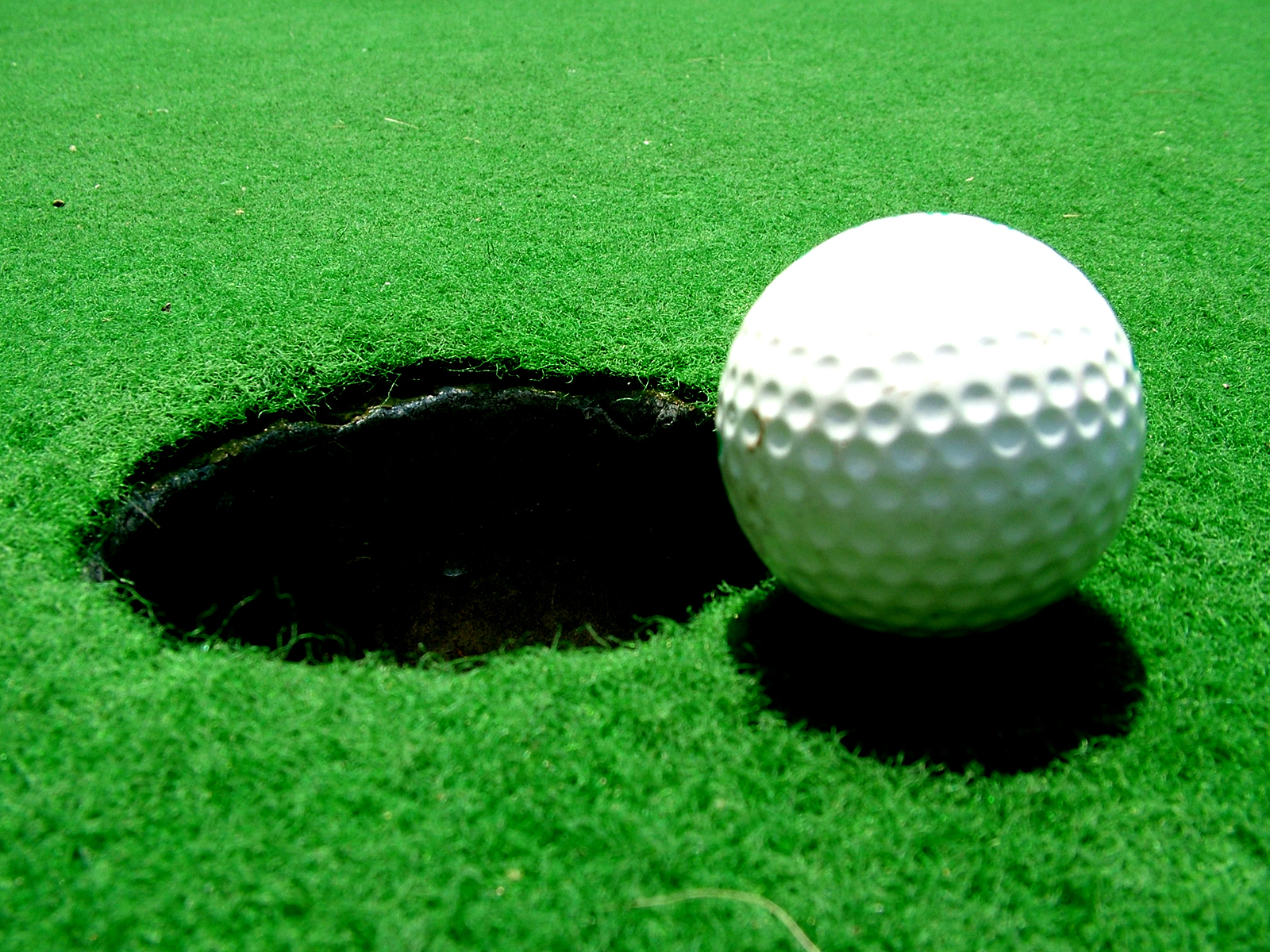How Much Does It Cost To Make A Golf Ball

Golf is a sport that requires precision, accuracy, and skill, and golf balls play a critical role in determining the outcome of a round. However, have you ever wondered how much it costs to make a golf ball? The process of making a golf ball involves several materials and manufacturing techniques, which can significantly impact the final cost.
In this article, we will dive into the complex process of making a golf ball and explore the different materials used, manufacturing techniques, and factors that influence the cost of production. We will also examine the breakdown of the cost of making a golf ball and compare it to the retail prices of golf balls on the market.
Understanding the cost of making a golf ball can provide insight into the various factors that determine the price of golf balls and help golfers make informed decisions when purchasing them. Whether you’re a professional golfer or a beginner, learning about the cost of making a golf ball can help you appreciate the craftsmanship that goes into producing a high-quality golf ball and give you a better understanding of the value of different brands and designs.
So, if you’re curious about the cost of making a golf ball, keep reading to learn more about the process, materials, and factors that impact the cost of production.

Materials Used in Making Golf Balls
Golf balls are made from a variety of materials, including cover materials, core materials, and other materials used in the manufacturing process.
Cover Materials
The cover of a golf ball is the outer layer that comes into contact with the clubface. The cover material can affect the ball’s spin rate, durability, and feel. The most common cover materials used in golf balls are:
- Surlyn: A hard and durable material that is often used in lower-priced golf balls.
- Urethane: A softer material that provides better feel and spin control, often used in higher-end golf balls.
- Ionomer: A combination of Surlyn and other materials, providing a balance between durability and feel.
Core Materials
The core of a golf ball is the innermost layer and provides the ball’s overall performance characteristics, such as distance, feel, and spin. The most common core materials used in golf balls are:
- Rubber: A traditional core material that provides a soft feel and moderate spin.
- Polybutadiene: A high-energy core material that provides maximum distance and low spin.
- Lithium-based materials: A newer type of core material that provides a combination of high energy and soft feel.
Other Materials Used
Other materials used in the manufacturing process of golf balls include adhesives and paints. Adhesives are used to bond the layers of the golf ball together, while paints and dyes are used for branding and aesthetic purposes.
Manufacturing Process
Golf balls are manufactured using various techniques, including compression molding, injection molding, and other manufacturing methods.
Compression Molding
Compression molding is the most common manufacturing technique used to make golf balls. The process involves placing the core and cover materials into a mold, then compressing them together under high pressure and heat. The mold then cools, and the finished golf ball is removed.
Injection Molding
Injection molding is a newer technique used to make golf balls. The process involves injecting the core material into a pre-formed cover, which is then heated and compressed. Injection molding is faster than compression molding, but it’s more expensive and used primarily for high-end golf balls.
Other Manufacturing Techniques
Golf balls can also be made using two-piece, three-piece, or four-piece construction methods. Two-piece construction is the simplest and most common, with a large core and cover. Three-piece construction adds an additional layer for more spin and control, while four-piece construction provides maximum spin and control.
Cost of Making a Golf Ball
The cost of making a golf ball depends on several factors, including material costs, labor costs, overhead costs, and research and development costs.
Breakdown of the Cost of Making a Golf Ball
The cost of making a golf ball can be broken down into three main categories:
- Material costs: The cost of the materials used to make the golf ball, including the cover and core materials.
- Labor costs: The cost of labor required to manufacture the golf ball, including the manufacturing process and assembly.
- Overhead costs: The cost of maintaining the manufacturing facilities and equipment, including maintenance and utility costs.
Factors that Affect
Several factors can affect the cost of making a golf ball, including:
- Quality of materials used: Higher quality materials, such as urethane and lithium-based core materials, can increase the cost of making a golf ball.
- Manufacturing process: More advanced manufacturing processes, such as injection molding, can increase the cost of making a golf ball.
- Research and development: Companies that invest more in research and development to create innovative golf ball designs may have higher costs.
- Branding and marketing: Companies that invest heavily in branding and marketing their golf balls may have higher costs.
Cost of Golf Balls
The cost of a golf ball varies widely, depending on the brand, quality, and design. Generally, higher-end golf balls made with premium materials and advanced manufacturing techniques are more expensive than lower-end golf balls.
Here are some average prices for golf balls:
- Low-end golf balls: $10-$20 per dozen
- Mid-range golf balls: $20-$35 per dozen
- High-end golf balls: $35-$50+ per dozen
It’s important to note that the cost of a golf ball does not necessarily reflect its performance. Some lower-priced golf balls may perform just as well as higher-priced golf balls, depending on the golfer’s skill level and preferences.
Conclusion
The cost of making a golf ball depends on several factors, including material costs, labor costs, overhead costs, and research and development costs. The cost of a golf ball varies widely, depending on the brand, quality, and design. Higher-end golf balls made with premium materials and advanced manufacturing techniques are more expensive than lower-end golf balls. However, the cost of a golf ball does not necessarily reflect its performance, and golfers should choose a golf ball that suits their skill level and preferences.






